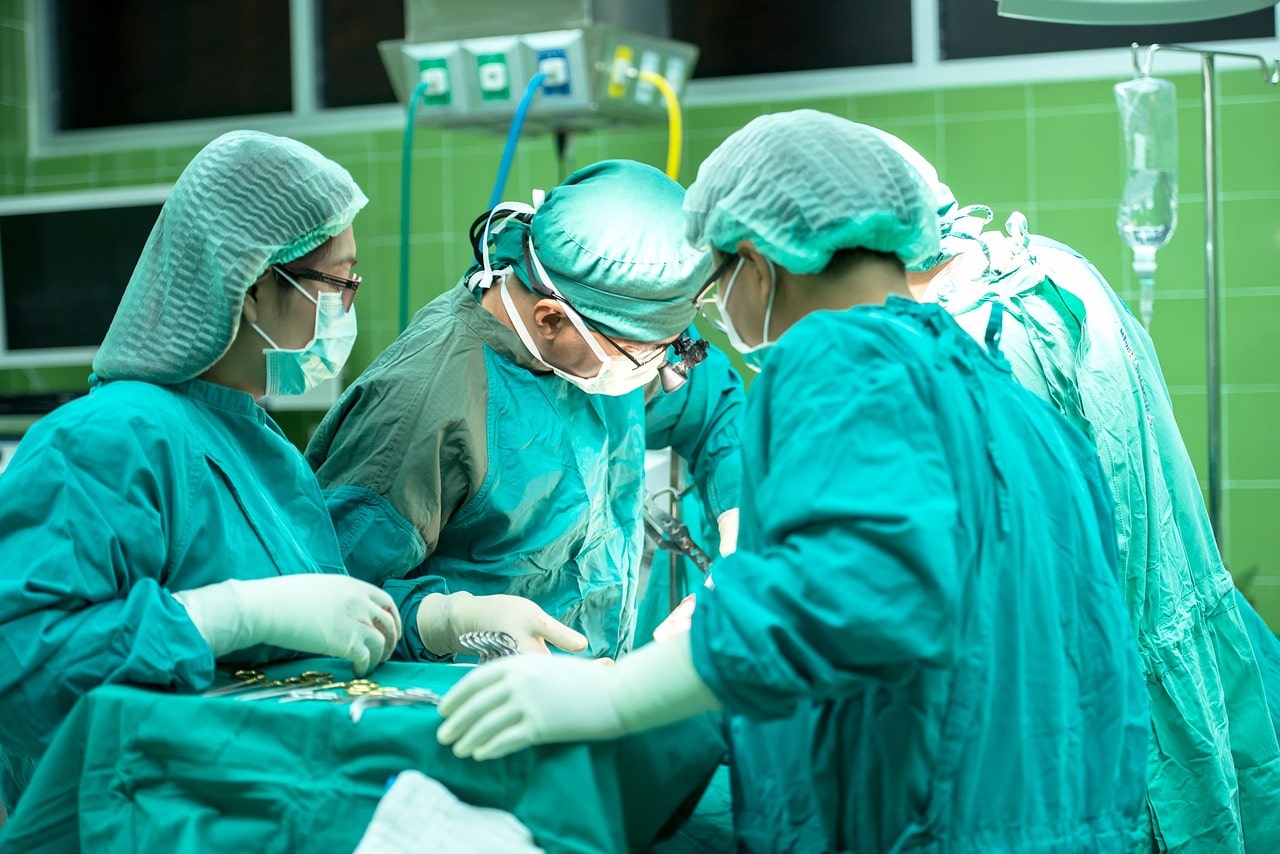I would like to strongly vouch for the local programme.
However, I believe it’s imperative to address two issues in a holistic manner.
There should be an increase in the number of trainers who have received adequate training in these subspecialties. It’s evident that there is a pressing need to augment the number of trainers.
I observed during my brief stints in two countries. In India, typically two or three trainers are assigned for each trainee in postgraduate and higher levels, whereas in the United Kingdom, in the district hospital of Cornwall, there were at least six to eight consultant urologists, with only two or three trainee registrars in urology.
In Malaysia, there’s no dispute about the quality of our training in General Surgery and Physician training; we have currently met and maintained the required standards.
However, in cardiothoracic surgery, there’s a dire need for cardiothoracic surgeons in the government sector. With free and affordable medical care in Malaysia, many patients are awaiting their turn for treatment.
If we collectively include cardiothoracic surgeons from the government and IJN (National Heart Institute), we can continue the parallel programme to train sufficient cardiothoracic surgeons, utilising trainers from the government, IJN, and universities.
At present, many trainees leave with grievances, often facing heavy workloads and bureaucratic hurdles, prompting them to move into private practice or even overseas.
As getting the universities to conduct the programme of CT surgery may not be feasible, considering the workload of clinical work, teaching, and private practice of one or two cardiac surgeons per university.
Thus, patience is warranted, allowing the parallel programme to produce adequate CT surgeons to service and train future generations. Once we have an increased number of trainers within the next five to 10 years, implementing a local degree programme for CT surgeons becomes highly plausible.
By then, the system would be well-understood, with outcomes continually assessed and monitored for improvement.
In the meantime, the government, IJN, and universities could collaborate to train trainers, ensuring a sufficient pool of trainers and a robust rotation system throughout the country for learning the art of CT surgery.
To substantiate this discussion, I’d like to cite the example of AUCMS college. While it started with good intentions, it eventually faltered due to the greed and recklessness of an individual who owned and ran the institute, resulting in significant pain for many parents and students.
Why can’t we have two different programmes running concurrently, such as Masters and parallel programmes?
Given the significant demand for specialists in our country for clinical work, training, and supervising junior surgeons in hospitals, local universities may not be able to produce experts and highly skilled surgeons at this time.
Both programmes could be offered in parallel or transitioned to a completely local programme in the future. It is crucial that these programmes are accredited and monitored by key stakeholders, such as the Ministry of Health, Ministry of Higher Education, Malaysian Medical Council, and Malaysian Qualifications Agency to ensure quality and effectiveness of these programmes.
This is my overall view for the betterment of CT surgical service to the nation.
Dr Nagarajan T Vellasamy is a retired senior consultant general surgeon.
- This is the personal opinion of the writer or publication and does not necessarily represent the views of CodeBlue.






